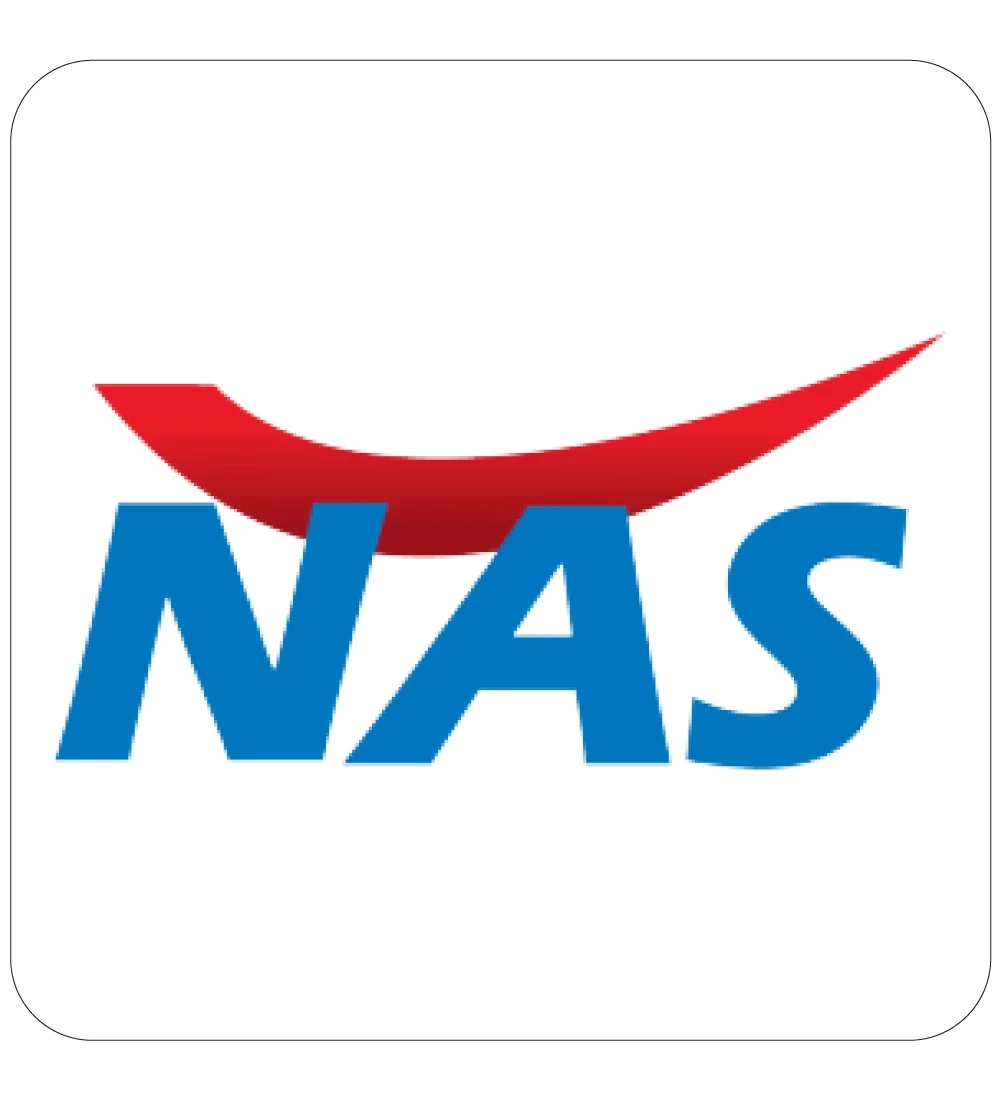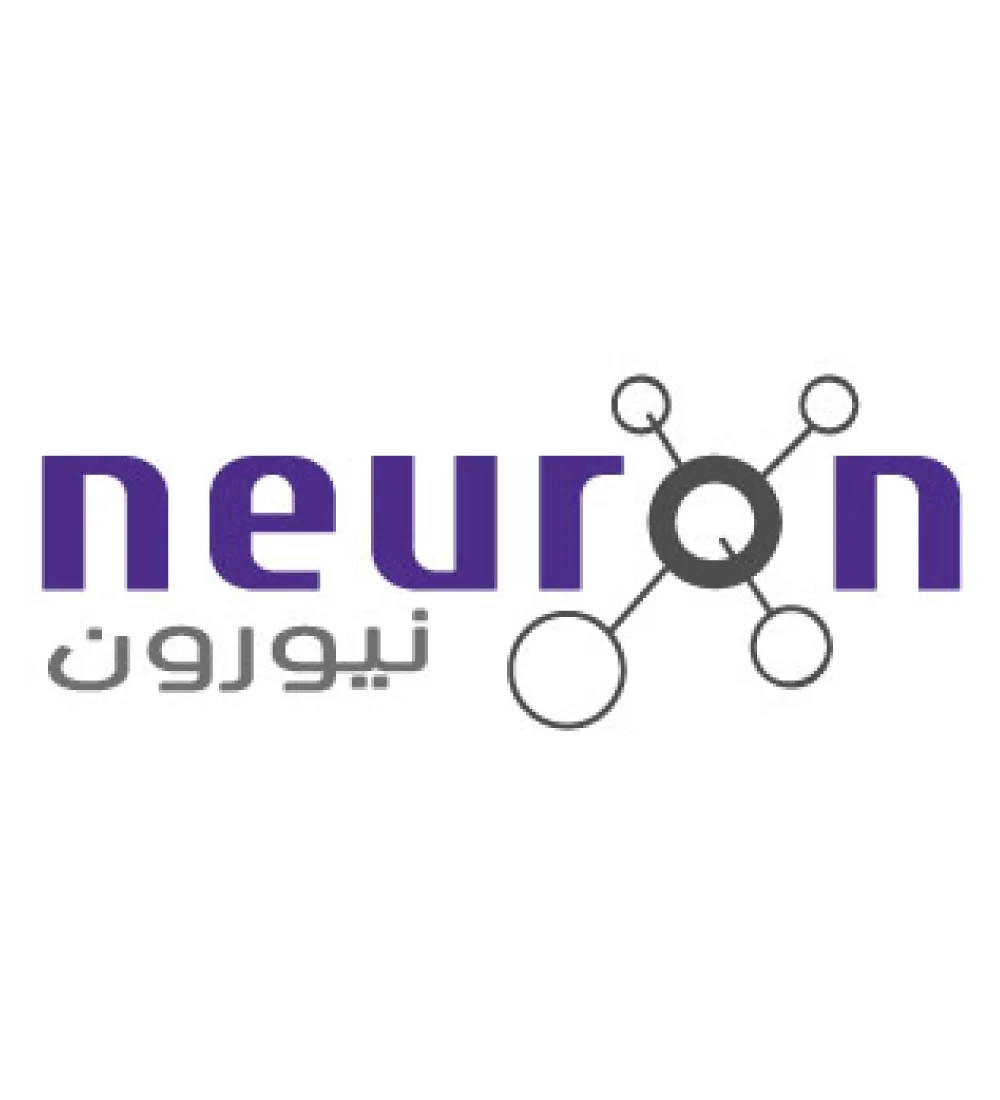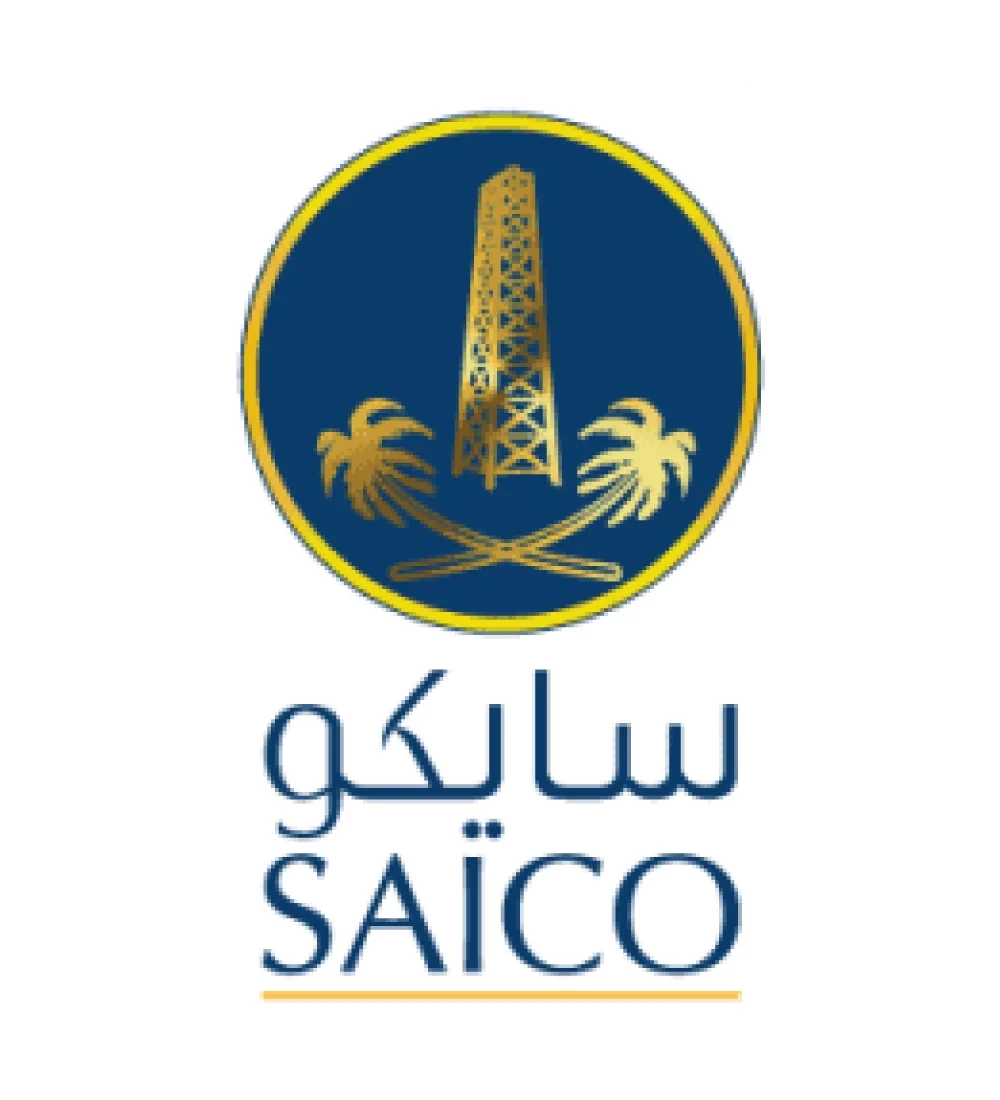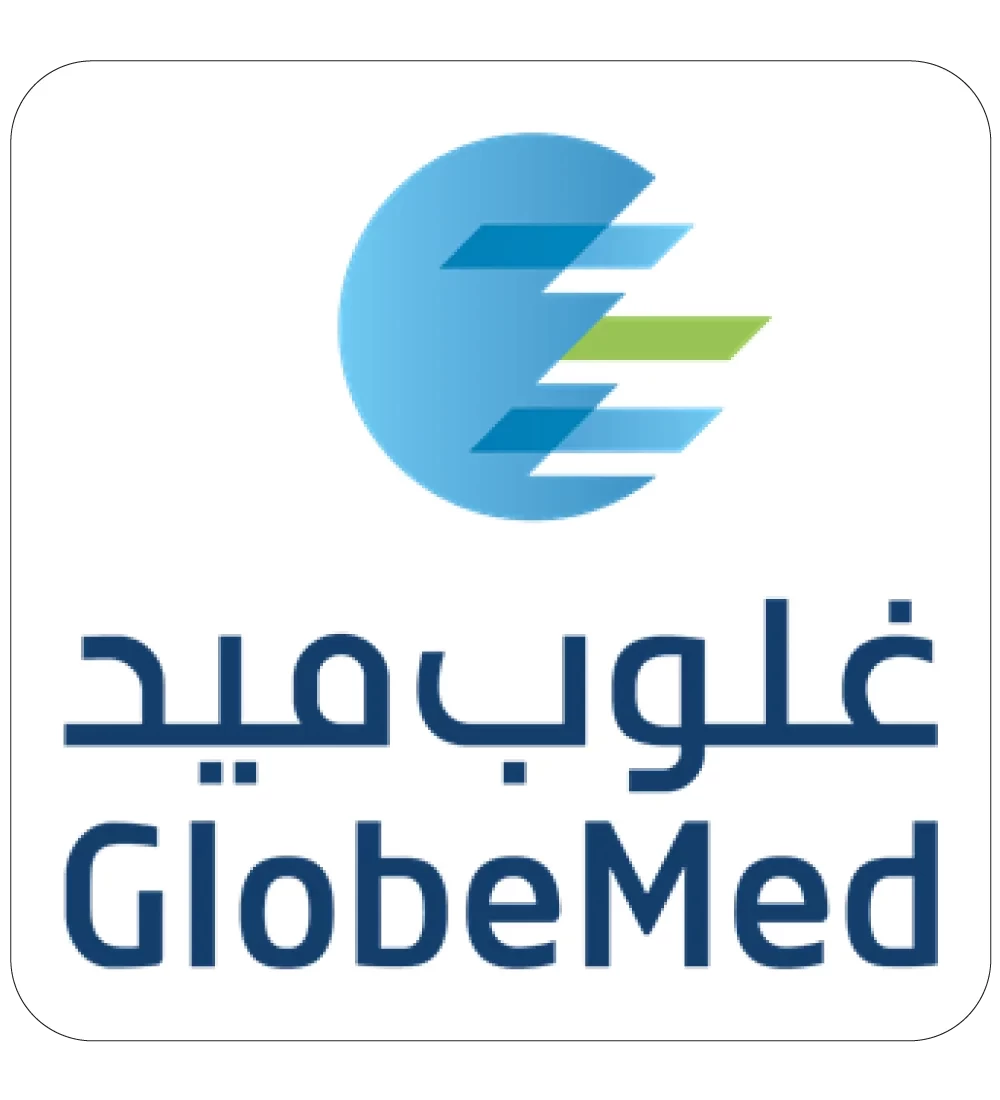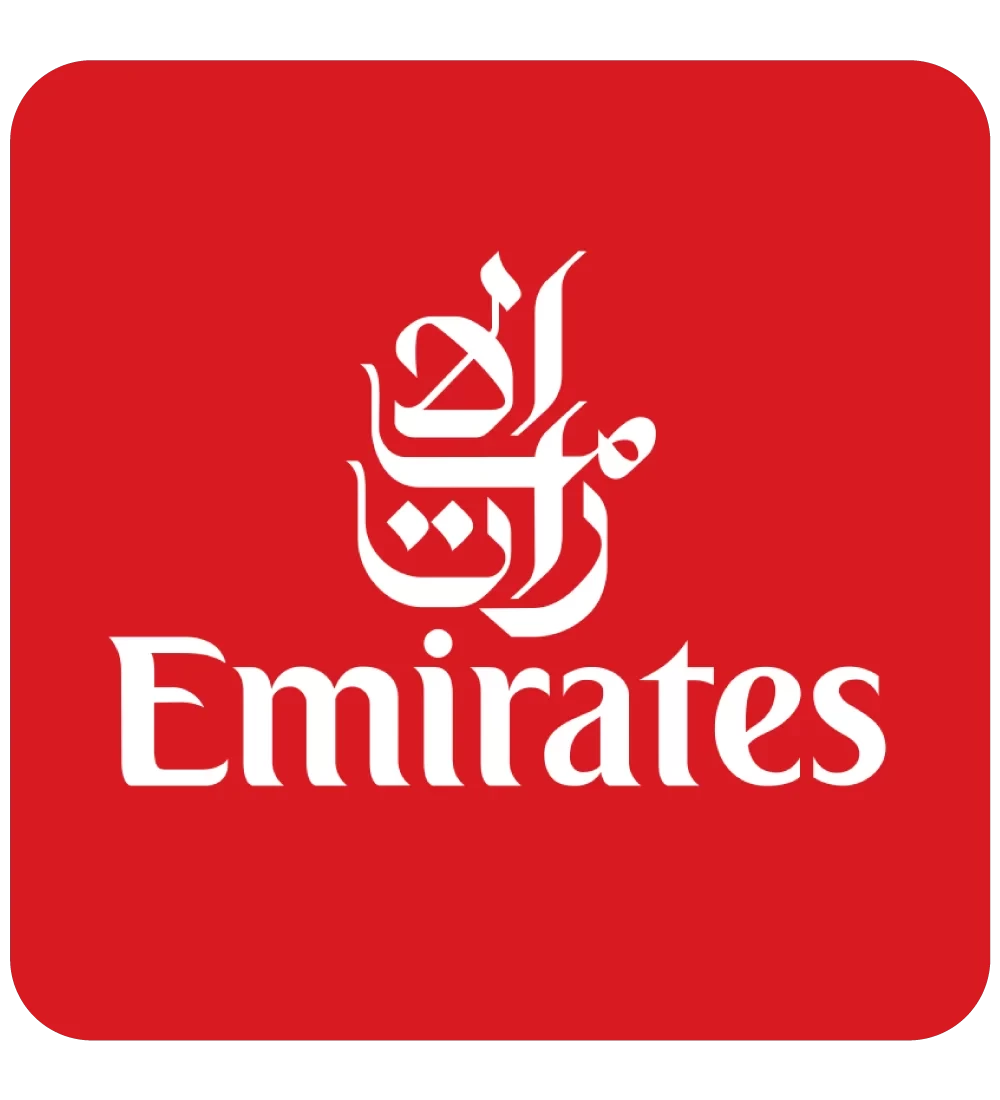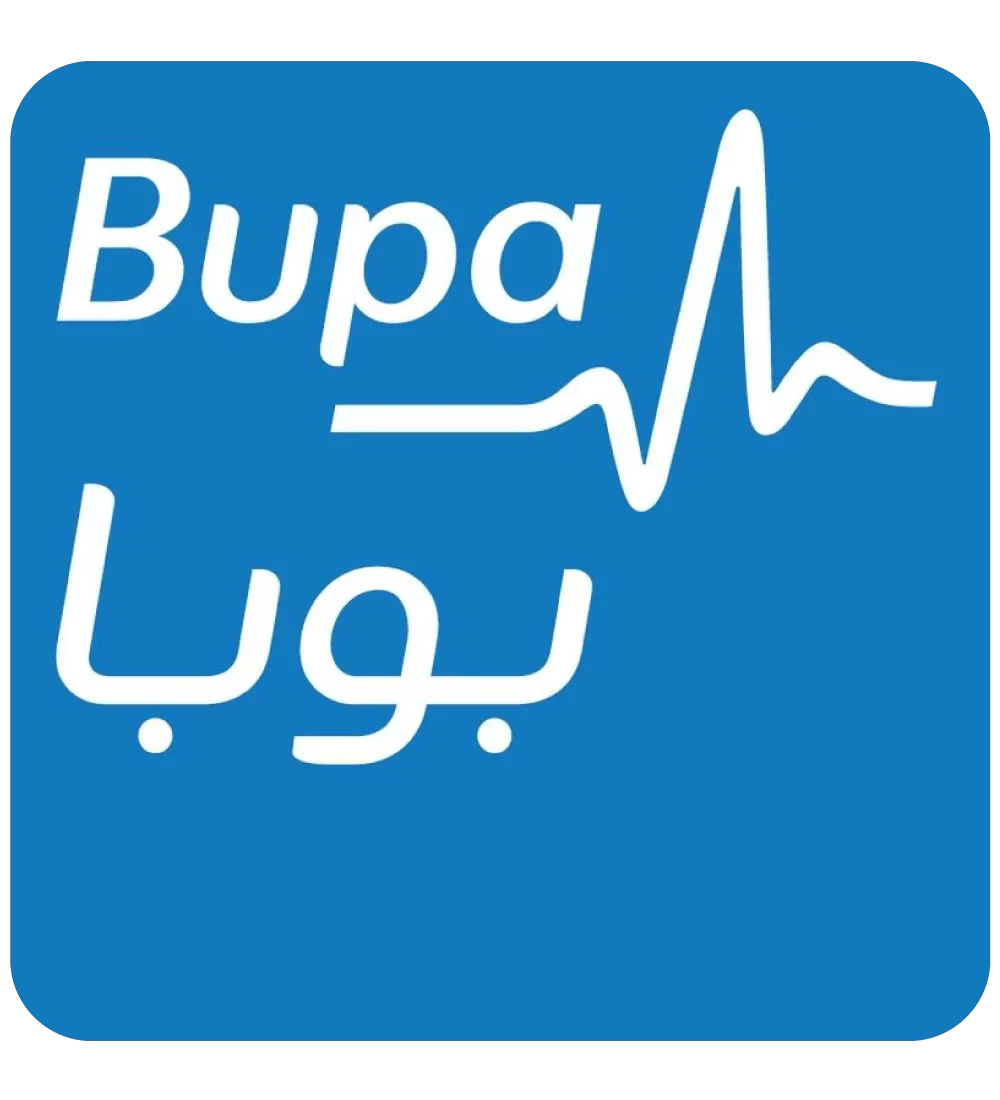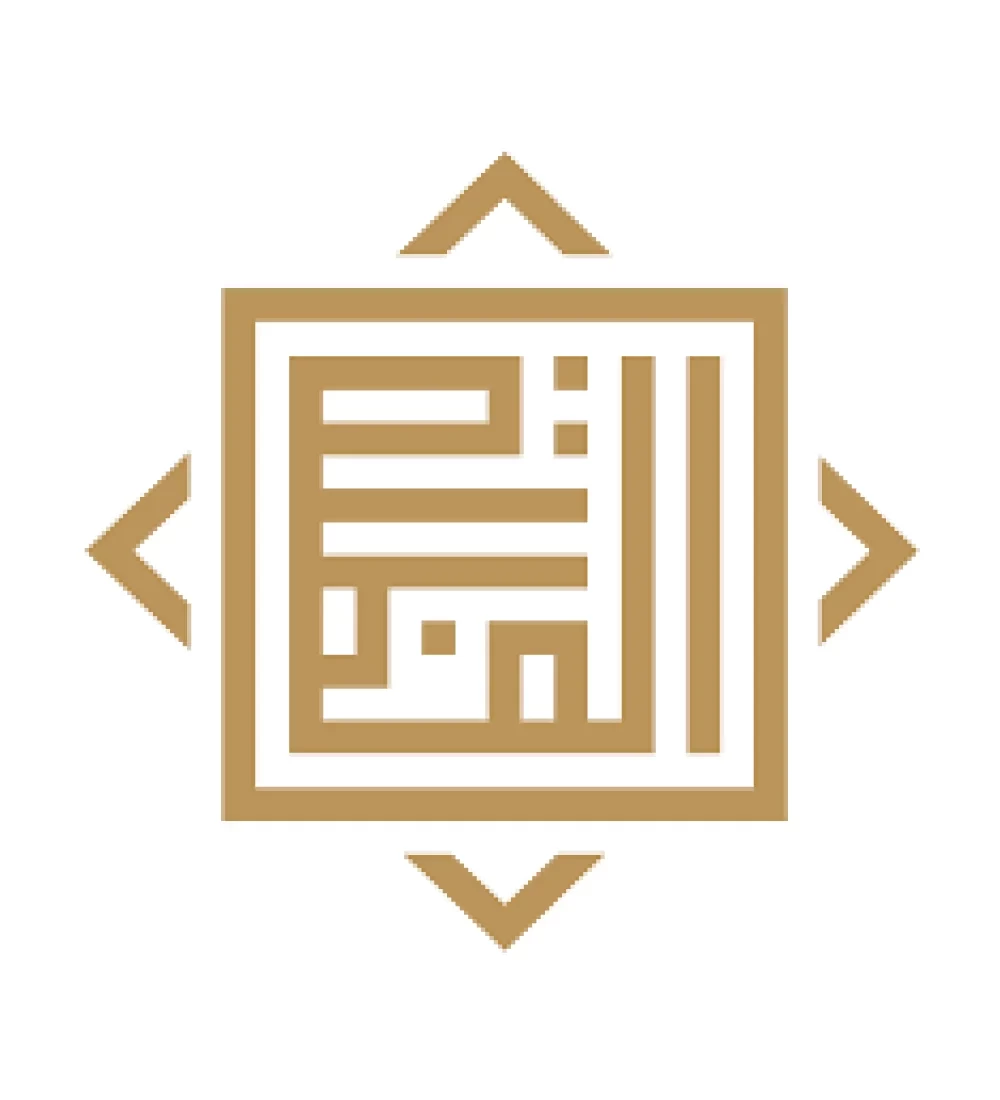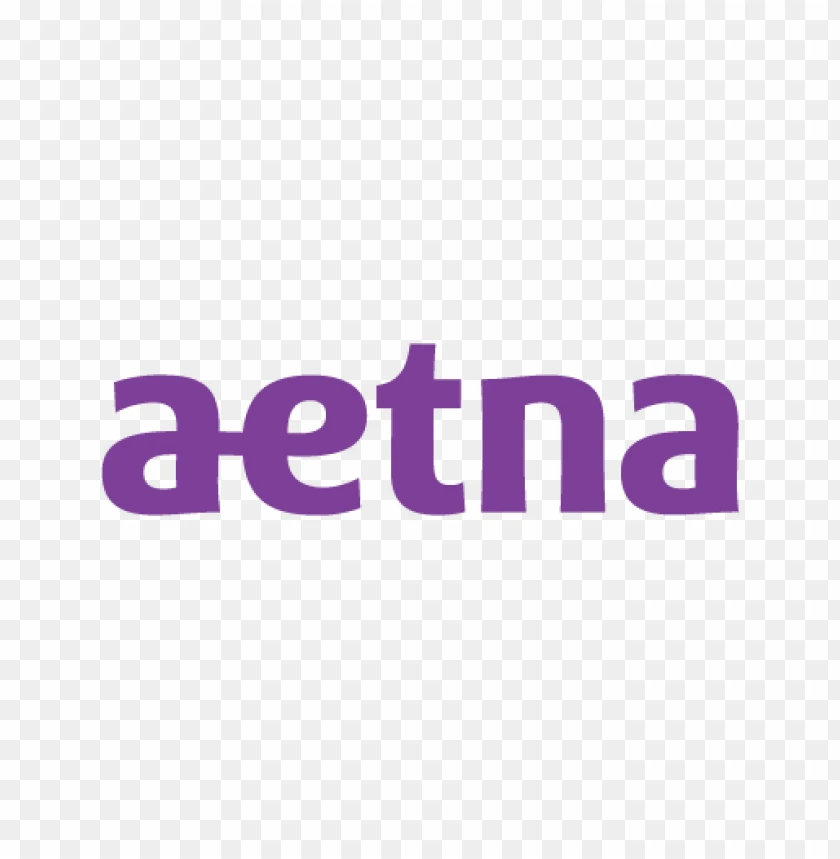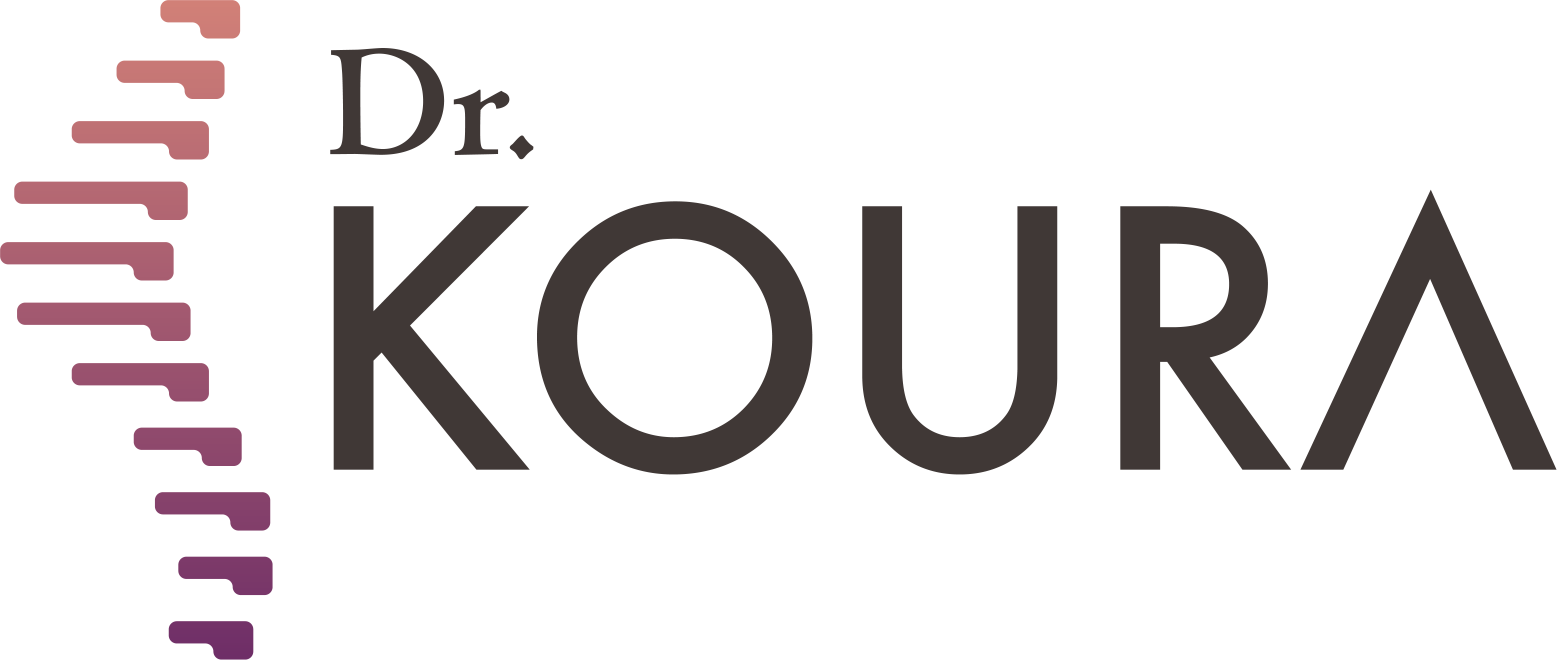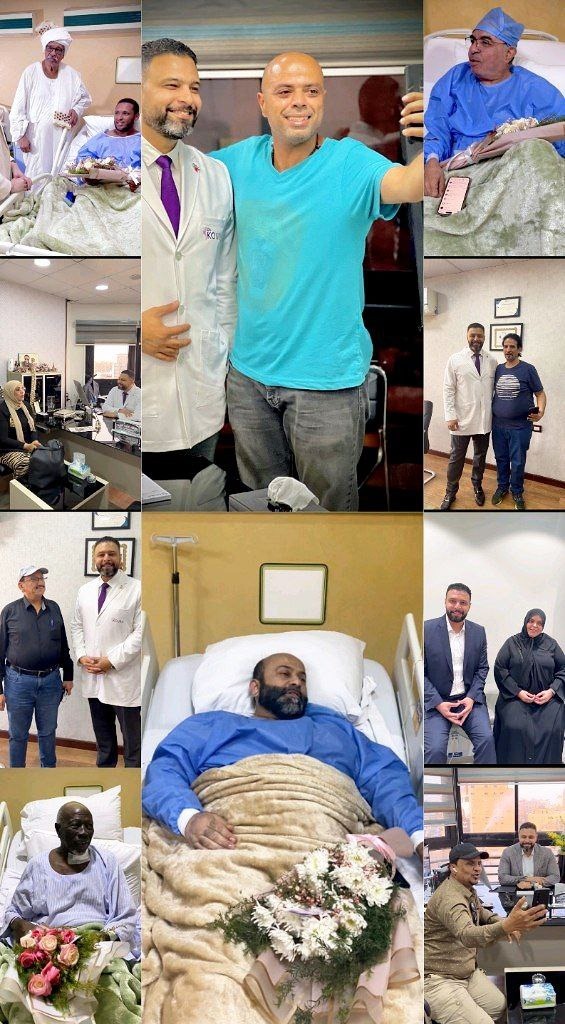
To see patients' reviews
Click hereCauses of persistent headaches at the top of the head
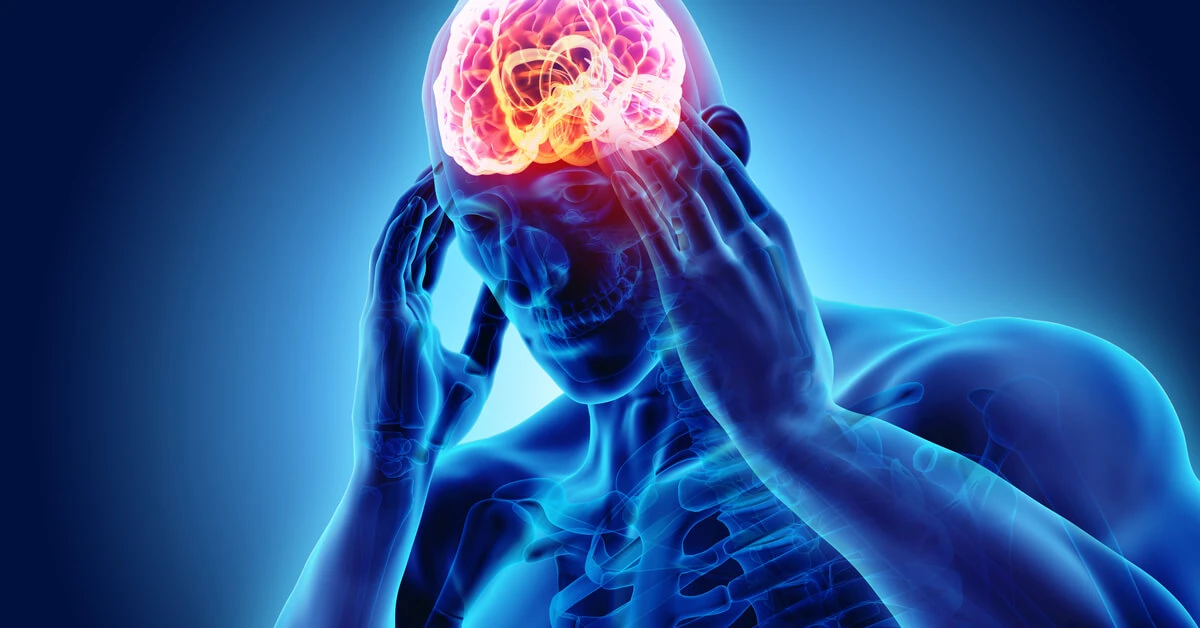

Many people suffer from persistent headaches at the top of the head, or headaches from above. These are among the most common problems that affect concentration, ability to work, and quality of daily life. With a fast-paced lifestyle, constant stress, and long hours spent sitting in front of a computer or phone screen, headaches have become a constant companion for many people. The types and causes of headaches vary, from tension headaches resulting from psychological or muscular tension, to cervical vertebrae strains that cause back or lateral headaches, or even headaches resulting from trigeminal neuralgia, which are among the most painful and complex types to diagnose and treat.
In this article from Dr. Mohamed Qoura's Center, the best doctor for treating headaches in Egypt, we highlight the causes of persistent headaches at the top of the head. We also review the latest radiofrequency treatment methods and Botox injections for headaches as advanced and safe alternatives for pain relief without surgery, helping patients regain their activity and normal life.
Causes of Headaches at the Top of the Head
The causes of headaches at the top of the head vary from person to person and may result from a physical or neurological problem, or even an unhealthy lifestyle. The most common causes are:
1- Tension Headaches:
Tension headaches are one of the most common causes of headaches at the top of the head. They often appear as a squeezing, ring-like pain around the head. They are usually caused by fatigue, anxiety, lack of sleep, or sitting in poor postures for long periods. They can develop from temporary attacks to chronic headaches that affect quality of life if not treated properly.
2- Cervical Vertebral Stiffness:
Among the most prominent causes of headaches at the top of the head is cervical vertebral stiffness. Disc degeneration or narrowing of the cervical vertebrae leads to pressure on the nerves that supply the head. The patient feels chronic pain in the head and neck, along with a feeling of heaviness or muscle tension. The pain may extend to the shoulders or arms. This type of headache is known as a "neck headache" and often requires medical intervention using radiofrequency to treat the headache.
3- Cluster Headaches:
Cluster headaches are a rare and severe cause of headaches at the top of the head. They are characterized by sudden, sharp attacks of pain on one side of the head, particularly around the eye. It is often accompanied by tearing, redness in the eyes, or a blocked nose. It requires close follow-up with the best doctor for treating cluster headaches in Egypt, and is often treated with modern techniques such as radiofrequency ablation.
4- Trigeminal Neuralgia Problems:
The trigeminal nerve is known as one of the most important nerves responsible for sensation in the face, jaw, and eyes. When it becomes inflamed or compressed, the patient experiences headaches in the eyes or face in the form of severe electrical shocks. At Dr. Mohamed Qoura's center, advanced techniques such as radiofrequency ablation are used to treat the trigeminal neuralgia without surgery, safely and effectively relieving pain.
5- Lack of sleep and chronic stress:
One of the most common causes of headaches in the upper head in the modern era, prolonged sleeplessness, constant stress, and poor nutrition lead to poor blood flow to the brain, causing headaches upon waking or persistent headaches throughout the day.
The Latest Headache Treatment Methods with Dr. Qoura
Dr. Mohamed Qoura's center offers a comprehensive range of advanced non-surgical headache treatments, which aim to address the root cause of the pain, not just provide temporary relief. Among the most prominent of these techniques are:
Radiofrequency Therapy for Headaches
Radiofrequency therapy is a revolution in non-surgical pain treatment. It uses precise thermal pulses to disrupt the nerve signals responsible for transmitting pain from the head or neck. This procedure is performed under the supervision of Dr. Mohamed Qoura using advanced navigation devices to accurately locate the nerve causing the pain. Radiofrequency therapy for headaches is fast, safe, and offers long-lasting results without the need for hospitalization.
Radiofrequency therapy is ideal for headaches resulting from cervical spondylosis or trigeminal neuralgia, providing immediate relief and stabilization without surgical intervention.
Botox Injections for Headaches
Botox injections are an effective treatment for chronic migraines or tension headaches. They are used to relax tense muscles in the head and neck, reducing nervous tension, thus shortening the duration of pain attacks. Thanks to Dr.'s expertise, Dr. Mohamed Qoura, in the field of Botox injections for headaches, precisely selects the injection sites according to each patient's headache pattern, ensuring guaranteed and safe results with no significant side effects.
Non-Surgical Trigeminal Neuralgia Treatment
The trigeminal neuralgia is one of the most sensitive nerves in the body, and its pain is one of the most severe types of neuralgia. At the Non-Surgical Pain Treatment Center, Dr. Mohamed Qoura's method relies on electrical heat therapy, which is a precise treatment for chronic trigeminal neuralgia without surgery by destroying the excess nerve signals that cause pain while preserving the nerve's basic function.
When should you see Dr. Mohamed Qoura?
Some may think that headaches are a simple matter that can be controlled with painkillers, but prolonged pain or its recurrence almost daily is an indication that a specialized medical examination is necessary.
It is recommended to visit Dr. Qoura, the best doctor for headache treatment, in the following cases:
A persistent headache that does not improve with regular medications.
Head pain that extends to the neck or shoulders.
A headache that is frequent daily or that awakens the patient from sleep.
Headaches accompanied by dizziness, blurred vision, or numbness in the face.
Headache pain with the eyes or around the jaw may indicate trigeminal neuralgia.
In these cases, it is recommended to visit Dr. Mohamed Qoura's center, where Dr. Qoura will accurately determine the cause of the headache on top of the head and develop a customized treatment plan based on radiofrequency or Botox injections, depending on the condition.
Chronic headaches are no longer a hindrance to daily life, thanks to the advancement of interventional medicine in Egypt. With growing awareness of the causes of headaches on top of the head, radiofrequency treatment and Botox injections have become a popular treatment.
Why Choose Dr. Mohamed Koura ?
Simply because he is the best doctor in his feild. He stays updated on the latest treatment technologies through his participation in various international conferences with leading foreign doctors and experts. Finally, and most importantly, Dr. Mohamed Koura is the best doctor in Egypt and the Arab world, possessing 12 non-surgical techniques for treating spinal and joint problems. He was the first to introduce modern interventional treatment techniques in Egypt & the Middle East and is the only one using the disc fx technique to treat spinal pain.
To see patients' reviews
Click hereCertainly not, some cases must be treated surgically, and the most appropriate technique for the patient is determined through a medical examination and the presence of imaging studies.
No, it is necessary to make a reservation through a phone call or social media messages.
There are no risks or side effects associated with non-surgical pain interventions.
The patient needs only 3 to 4 days before they can travel comfortably, and the hospital stay does not exceed 6 to 8 hours.
A condition cannot be accurately assessed and a proper medical diagnosis made without a medical examination and recent imaging studies.
Yes, there are several payment methods available through Visa or electronic wallets by making a reservation on our website.
Certainly, obesity is one of the causes of knee osteoarthritis.
Radiofrequency activates the nerve and does not cause any damage to it.
Non-surgical interventions are a definitive treatment for some cases and pain relievers for other cases, which is determined by the doctor through a medical examination.
If the herniated disc is fully treated, there is a possibility of it reoccurring in some cases, such as not following the doctor's prescribed instructions after the intervention, experiencing an accident, or making a sudden wrong movement like lifting heavy objects.
The entire disc is not removed due to the presence of several risks and it may exacerbate the condition. Only the protruding part that causes pain is removed.
This cannot be done with radiofrequency, but it is performed through other techniques that Dr. Koura conducts.
The success or failure of non-surgical interventions cannot be judged through radiographic imaging because these procedures involve making subtle changes to critical parts to address the issue. Consequently, they do not produce significant changes to avoid potential complications in the future or damage to the spine and joints, which is our primary goal.
Spinal stenosis does not typically cause sciatica. In most cases, disc herniation is what may lead to sciatica. This does not necessarily mean that a patient with sciatica will also have spinal stenosis.
Sciatica may return if the patient does not adhere to the medical instructions provided by the doctor or in the event of an unexpected accident.
A life without pain without surgery
Once you book with Dr. Koura
Get rid of pain with just one call.. Book your appointment now with pain Management consultant Dr. Koura.
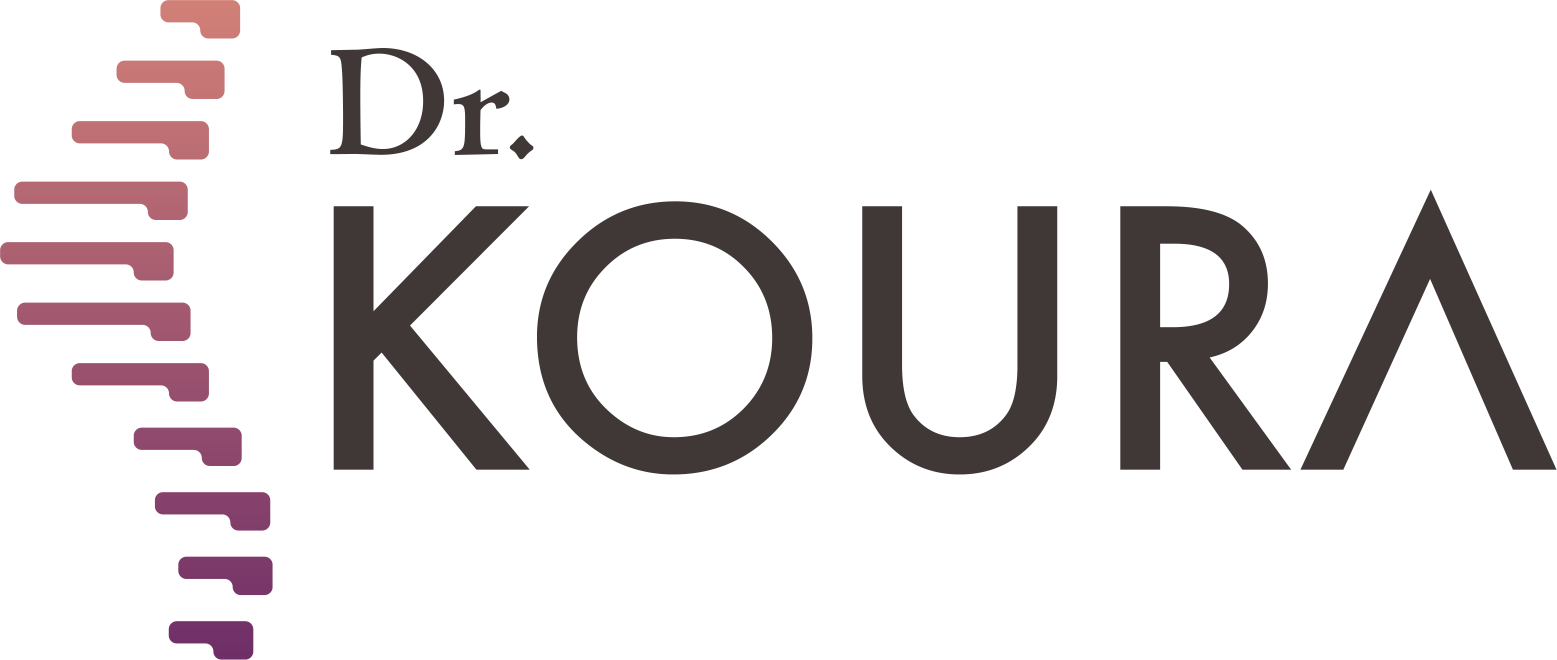


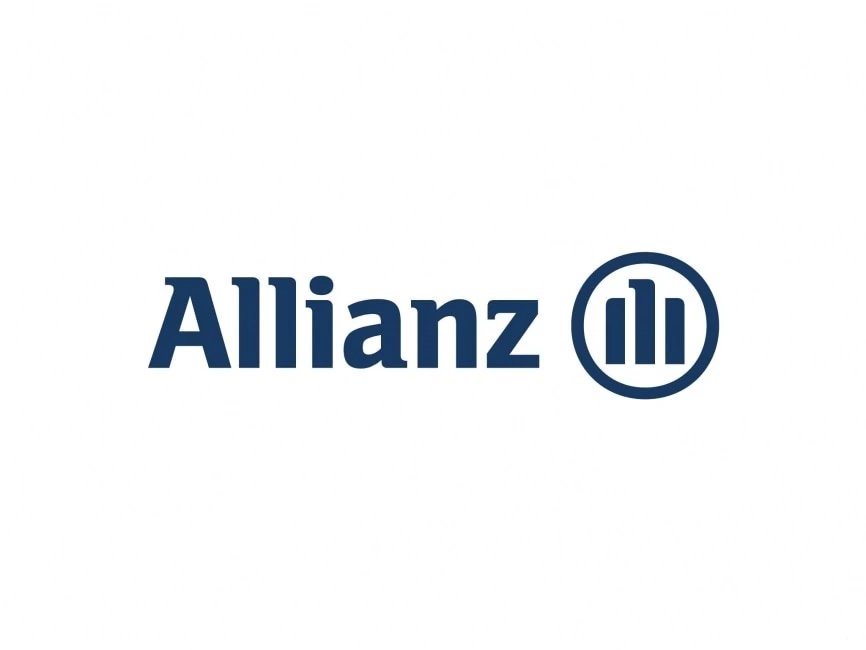


-webp.webp)

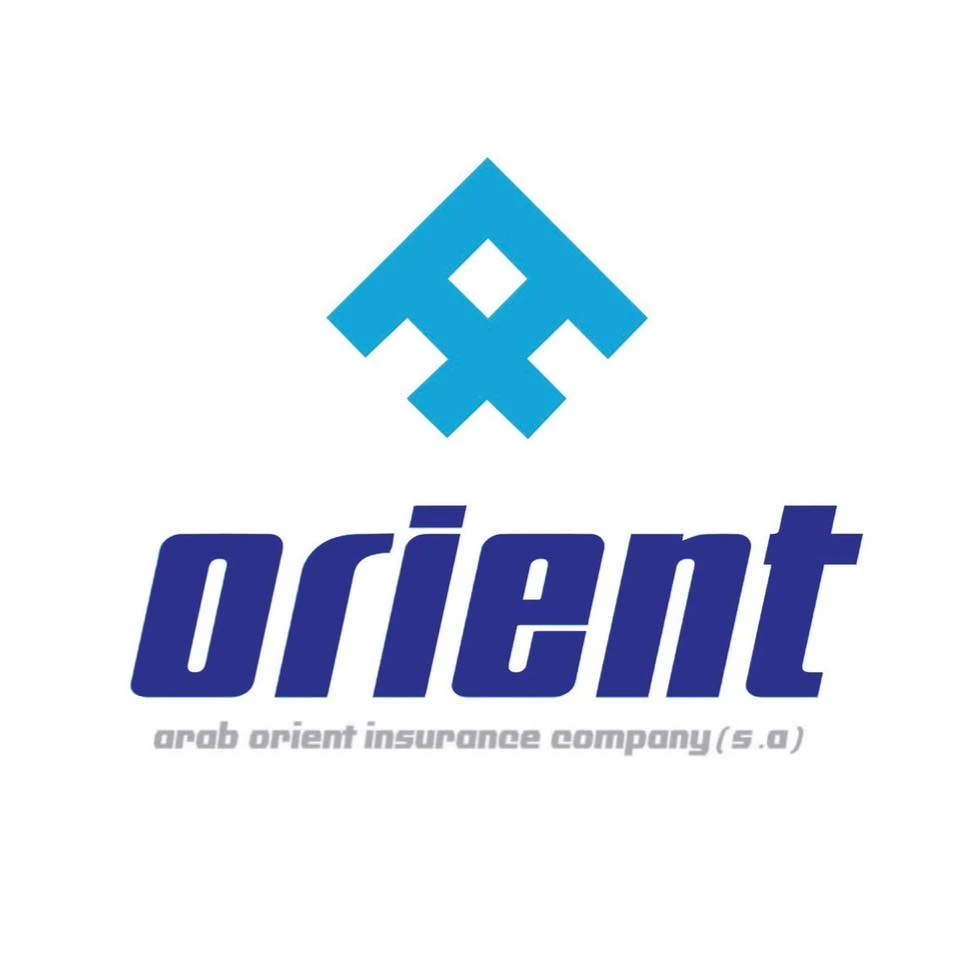


-webp.webp)






